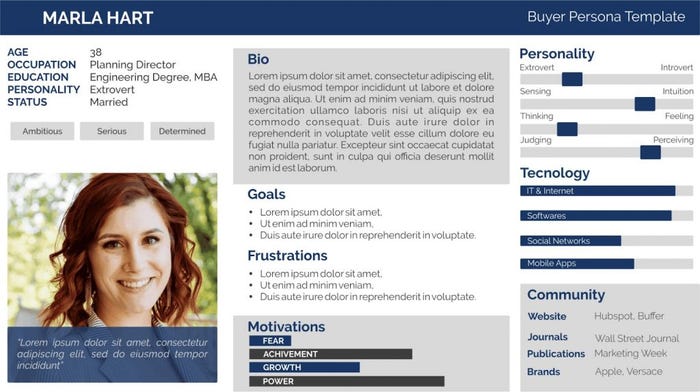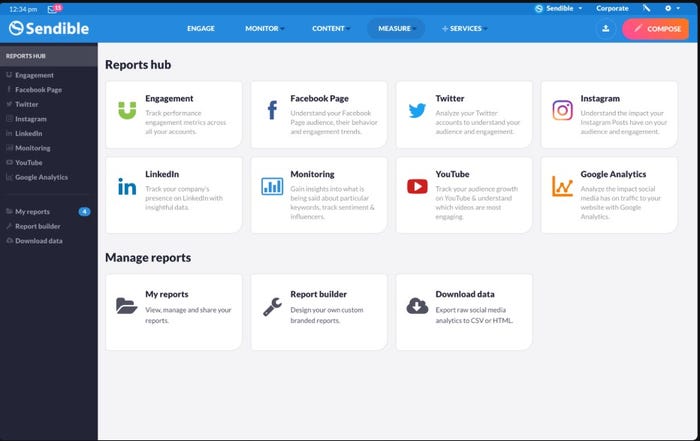How You Can Build an Effective Multichannel Marketing StrategyHow You Can Build an Effective Multichannel Marketing Strategy
Consistency and interactive marketing campaigns build sales.
September 14, 2021

By Jimmy Rodriguez

Jimmy Rodriguez
Multichannel marketing helps brands achieve marketing goals by using multiple channels to reach out to customers. These channels range from traditional media such as TV, print ads and billboards to newer ones such as email marketing, social media and SEO.
According to MediaPost, two-thirds of customers use three or more channels when doing their research before purchase. In addition, customers who use more than one channel have a higher customer lifetime value (CLV) than those who don’t. Simply put, customers who have done the research and chose your company generally spend more and stick around longer.
Surprisingly, while 93% of marketers know that multichannel marketing is a key cog in the wheel, only 73% have a multichannel strategy in place. It seems some marketers don’t know how to get started.
5 Steps to Get Started
If you’re among the 27% of marketers who don’t have a multichannel strategy, here are five proven steps to get you started.
Identify your customer persona. The first step to developing a fitting multichannel marketing strategy is to know your prospective buyer in detail, and the way to do that is by developing buyer personas.
Buyer personas are semifictional representations of your customers based on research. They usually cover your buyer’s background, interests, demographics, goals and pain points. With that information, you can tailor your campaigns to reach your prospective buyers through their most-used channels.

For instance, identifying your customer persona’s preferred websites and publications will give you a good idea of the channels where you can place your ads. Knowing their personality traits will also help you create content that speaks to your audience.
Creating a buyer persona may seem daunting, but tools such as HubSpot’s Make My Persona tool make the process a breeze. Spending time on this as an understanding of your audience is critical to the success of your marketing campaign.
Zero in on the channels you want to use. With new media popping up every so often, the channels available for your business are endless. You can use industry websites or social media platforms such as Facebook, LinkedIn or Twitter. LinkedIn and Facebook, in particular, are effective channels as you can join industry groups and use ads to target specific audiences based on their demographics and user behavior.
You may also use a combination of content and email marketing to push your leads down the sales funnel. For example, you can offer a free case study or white paper in exchange for a site visitor’s email address.
Once you’ve added a user to your mailing list, you can then send email newsletters to gradually convince your prospect that your business knows how to solve their problems. Once you’ve established your business as a credible source of information, you may then offer your product or service as a solution.
Craft winning content. Don’t be eager to create content for your customer persona. It’s a good rule of thumb to strategize your content creation process to ensure that it resonates better with your audience and promotes your business purpose.
One of the best ways you can do that is to join the communities where they’re active. For example, you can join Facebook or LinkedIn groups for specific industries. Writing in a language that is local to your customers will help you to connect with them easily. If your target audience consists of managed service providers, use language and situations that are familiar to them.
Also, create blog posts, e-book, infographics, videos, pillar pages, and other forms of content tailored for your persona. Ensure that your content is …
… informative and addresses your persona’s challenges at every stage of the buyer’s journey. Once you’ve created these pieces of content, you may then promote them on multiple channels, depending on your audience’s preferences.
Customize the content for the channels. To get the most out of your multichannel marketing strategy, tailor each content differently on the chosen platforms to better resonate with your target audience.
It’s important to customize content for each channel. For instance, Twitter audiences prefer content that is precise yet conversational and enticing. On the other hand, Instagram audiences generally resonate better with images and videos.
Content formatting also differs across platforms. Twitter has a 140-character limit on posts, and although Instagram doesn’t have a stated word limit, it hides words after around 240 characters. Facebook is much more generous: text typically truncates after about 500 words. Video and image aspect ratios also vary according to the channel.
When running multichannel marketing campaigns, you need to consider the customer experience from the various channels to your site. You want to provide a smooth user experience as people transition between channels. When selecting the best e-commerce platform for your business, consider that user experience.
Track your performance. Before you launch a marketing strategy, it’s best to set a target goal, which needs to be realistic, achievable and precise. For example, if you run a B2B business, you shouldn’t expect to convert 80% of your leads after the first touchpoint. The sales cycle for service providers or value-added resellers is often longer than the ones used by consumer goods businesses.
To better reflect how best your marketing campaign fared, you need to wait for weeks or even better months. After this period, you can now compare your preset goals with your actual achievements. Most platforms have built-in analytics tools to help you assess your campaign.

You can also use a one-for-all tool such as Sendible or Tailwind to help you assess your campaigns across all platforms. However, make sure that you measure engagement analytics in conjunction with tracking sales. For example, having a lot of social engagement that doesn’t translate into sales won’t help you achieve your business targets.
Today, most prospective buyers interact with multiple marketing channels before they plan. Therefore, preparing a well-planned and effective multichannel marketing strategy can help increase your conversion rate.
I hope this article helps you join the 73% of marketers maximizing the benefits of a multichannel marketing strategy and making a difference in their industry. Remember, consistency is the backbone of advertisement. Prospective buyers are more likely to act if they continually interact with your marketing campaigns.
Jimmy Rodriguez is chief operating officer of Shift4Shop, a free, enterprise-grade ecommerce solution. He helps internet retailers succeed online by developing digital marketing strategies and optimized shopping experiences that drive conversions and improve business performance. You may follow him on LinkedIn or @Shift4Shop on Twitter.
Read more about:
VARs/SIsYou May Also Like
